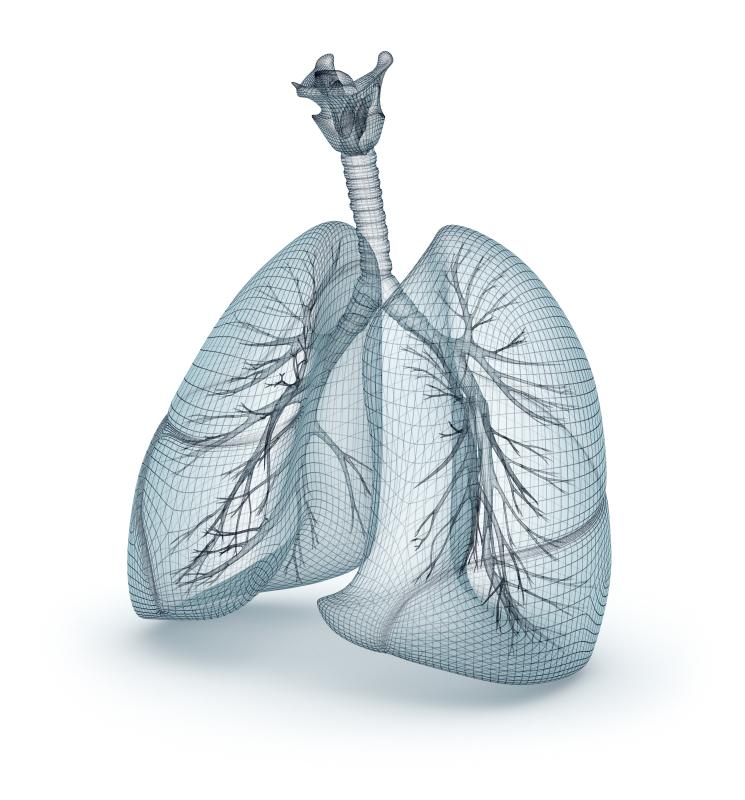
Analysis of a large-scale registry data reveals a high incidence of serious adverse events (SAE) during transcatheter pulmonary valve replacement (TPVR). Mortality, however, is not common.
In addition, radiation dose is greater than for other congenital interventions and is associated with patient and procedural factors. Reintervention is common during early follow-up.
The investigators accessed the multicentre C3PO-QI registry and identified patients who underwent TPVR from 1 January 2014 to 31 December 2016. SAE referred to the occurrence of ≥1 moderate, major or catastrophic events. Radiation dose was reported as dose area product adjusted for weight. Univariate and multivariate analyses were performed to explore associations with outcome measures.
TPVR was carried out in 530 patients (median age, 18.3 years; median weight, 58 kg; 59 percent male) at 14 centres. Implant substrate included homograft (41 percent), bioprosthesis (30 percent), native right ventricular outflow tract (RVOT; 27 percent) and other (2 percent). The most common TPVR indication was mixed (49 percent), followed by pulmonary insufficiency (28 percent) and stenosis (23 percent).
AE occurred in 26 percent of patients and SAE in 13 percent, including 1 death. SAEs more frequently occurred in homograft conduit than other RVOT substrates, but SAE type and severity differed between implant substrates.
Median radiation dose was 198 μGy·m2/kg, and a higher dose was found to be associated with older age, greater RVOT obstruction and concomitant interventions (p<0.001).
Furthermore, 13.3 percent underwent surgery, catheterization or both, unrelated to infection, during a median follow-up of 1 year. TPV reintervention correlated with younger age, smaller size, and haemodynamic and anatomic factors indicative of greater RVOT obstruction.